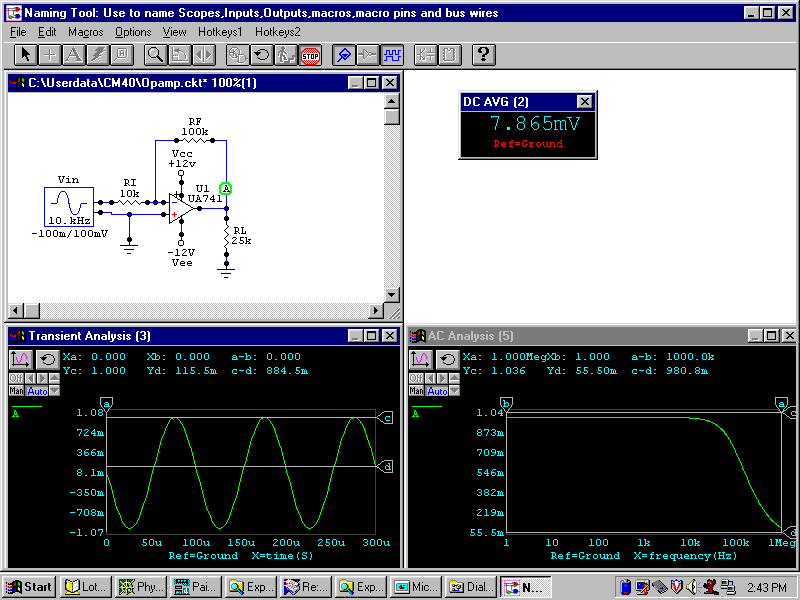
The length of each note of the sequence is related to the trigger pulse length. If the circuit shown in Figure 1 is connected across the 'One Key Play' button we can trigger the sequencer from an external clock. These keys will step through each note in the sequence then when it gets to the end it inserts a rest (unfortunately) and then repeats. We can achieve this crudely by using the 'One Key Play' buttons.

Our aim is to modify the circuit so that an external clock can be used to drive the sequence continuously. This makes modification of the instrument rather difficult.


The heart of the VL-1 is a single 64 pin flat pack integrated circuit which carries out all the functions. If you want to use your VL-1 in the studio as a sequencer it is likely that you will want to repeat the sequence more than 4 times and you will want precise control of the tempo.įigure 1. By use of the DEL key the sequence can be repeated 4 times but that is all. A sequence of up to 100 notes can be recorded. The instrument has a digitally set tempo clock which runs the rhythm section and the sequencer. The VL-Tone is ideal as a pocket size composition aid but does it fit into the studio environment? The sequencer can be programmed in real time or step mode. It offers preset rhythms, preset sounds, a sequencer and a programmable sound where you can set each of the waveform, attack, decay, sustain level, sustain, release, vibrato speed and tremolo speed controls to a volume between 0 and 9 thus enabling a wide variety of sounds to be produced.

This unit is probably their most successful because of its low price. The first Casio keyboard, the VL-Tone, also doubles as a calculator. Every so often a company launches a new product which uses the most up-to-date technology to enable millions of people to become involved in what to them is a new field.Ĭasio began by adding musical sounds to their calculators and now the musical content has taken over. It happened in the early 70s with the launch of the first pocket calculators and it has happened now, in the early 80s, with the portable keyboard.


 0 kommentar(er)
0 kommentar(er)
